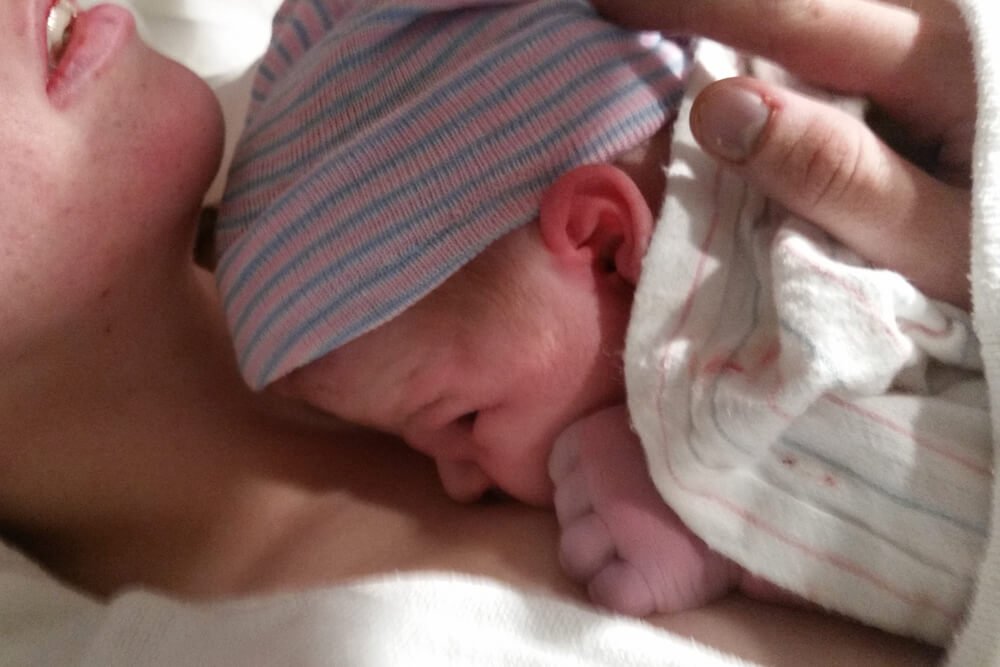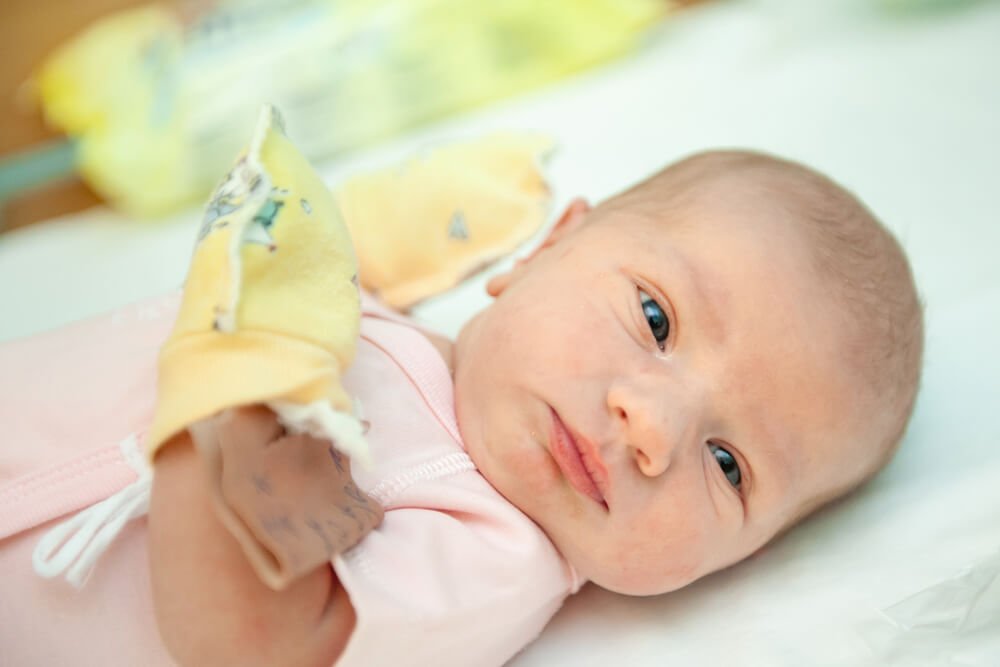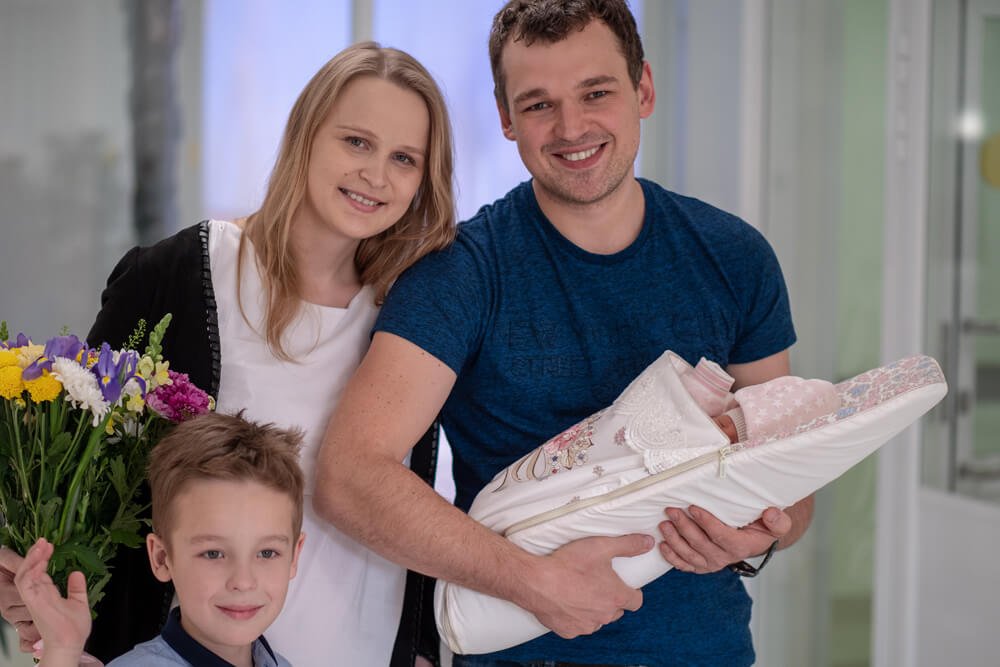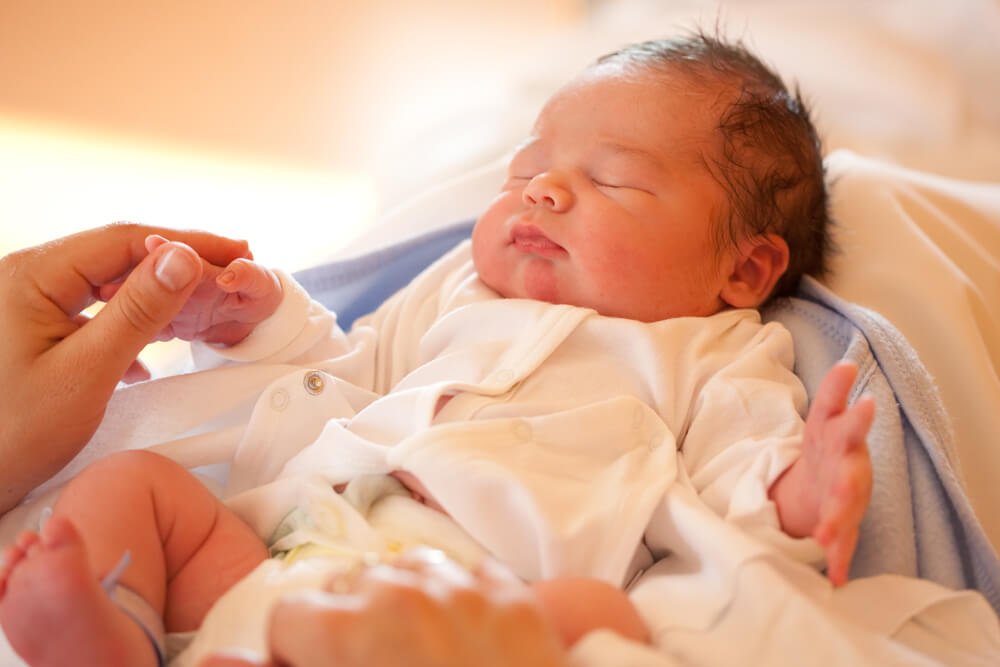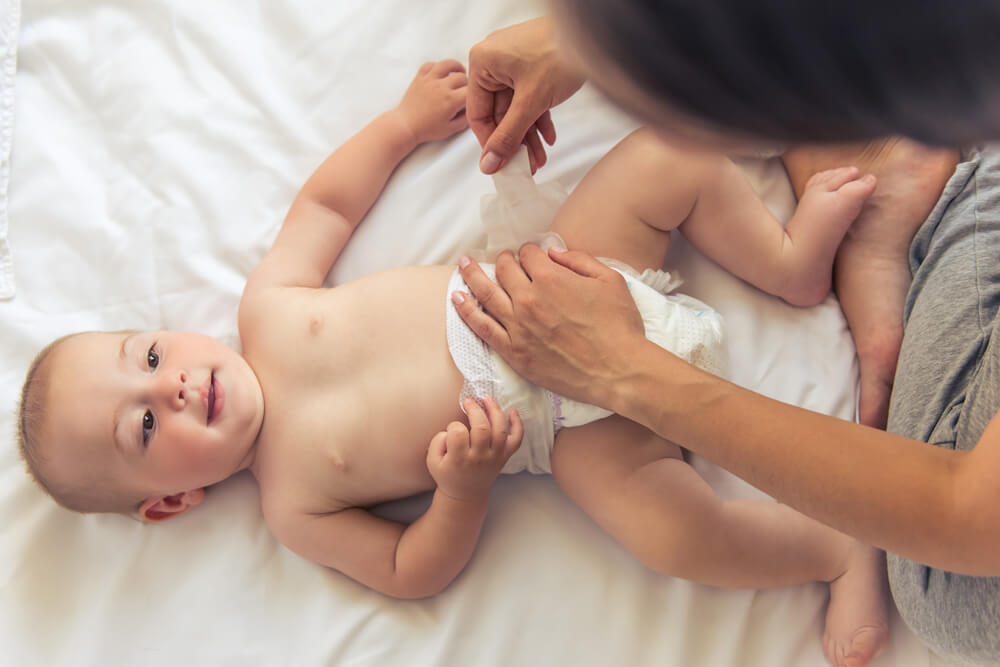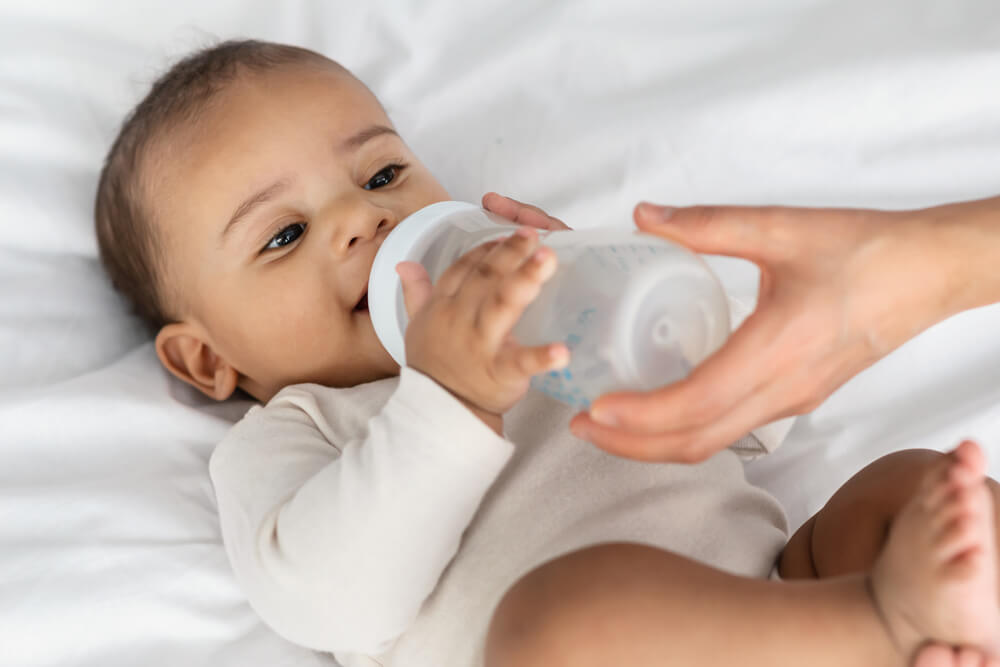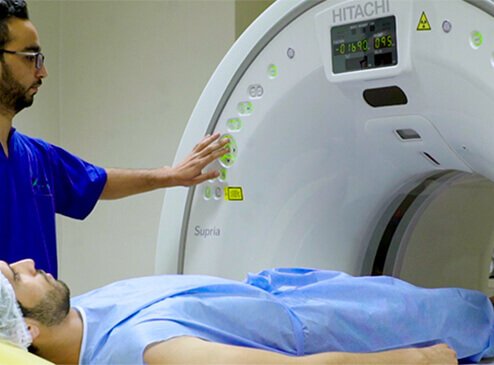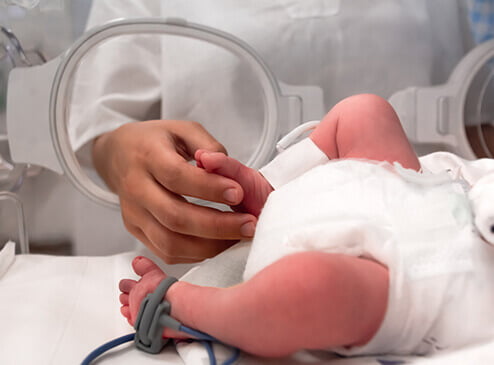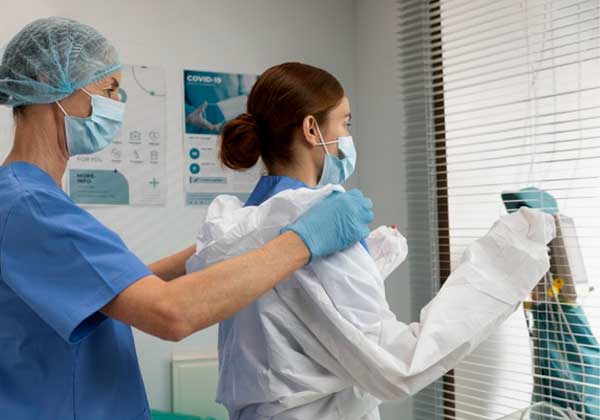Pregnancy
- Home
- Pregnancy
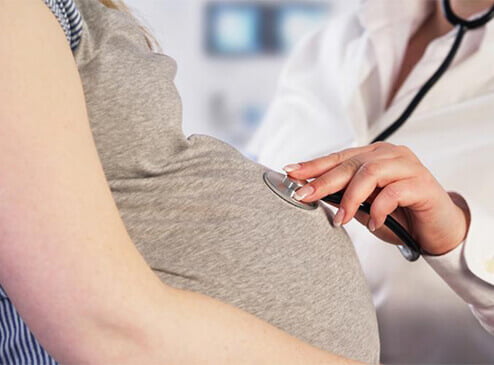
Pregnancy
Ultrasound
During the first three months of pregnancy, ultrasound and morphology scans will be performed by a team of qualified radiologists to monitor the good course of pregnancy.
Please note that for the smooth running of the ultrasound examination, it is strongly recommended to :
- Avoid the use of moisturizing cream or shower gel on your abdomen in the 5 days preceding the examination
- Come on an empty stomach
- Ask for the doctor's permission if you want to film the examination
Ultrasound appointment
- The measurement of serum markers of the 1st or 2nd trimester, the results of which are subject to personalized monitoring.
- Diagnostic tests : Amniocentesis for fetal karyotyping
- Assessment of foetal DNA in maternal blood for patients at risk for Down Syndrome or wishing to carry out an assessment in the absence of any previous screening test.
- Trophoblast biopsies
- Specialized consultations (genetic, surgical, etc.)
- Additional radiology exams
- Not skip meals
- Eat at least 3 meals a day and start the day with a good breakfast
- Not “eat for two”
- Vary your diet
- Stay hydrated throughout the day (drink at least 1.5l of water/ day)
- Limit the consumption of juices and soft drinks
- Eliminate all alcoholic beverages and tobacco.
Equipment Maternity suitcase
We highly recommend that you remember to pack your suitcase in the 7th month of pregnancy. To help you prepare your suitcase and that of your newborn baby, we have found it useful to draw up the following indicative list :
For your newborn baby :
- Bodysuits
- Pajamas
- One or two wool sweaters (even in summer)
- Socks or slippers
- A cap (even in summer)
- A sleeping bag
- A pillowcase
- A towel
- A pack of diapers
- Toilet soap
- Baby bottles
- The first cotton pack
And for the mother :
- A water spray
- A nursing bra (if you are breastfeeding)
- Breast shells (if you are breastfeeding)
- Your personal belongings
- Sanitary napkins
- Toilet soap
Labor : D-Day
- Regular and painful contractions (hardening of the abdomen for a few seconds, causing severe pain)
- Leaking amniotic fluid (water breaking)
- Bleeding
- Carry out an examination: She will measure your blood pressure and temperature, palpate your abdomen and perform a vaginal exam to check how dilated your cervix is.
- Monitor the baby’s heartbeat (Measuring the fetal heart rate (FHR) and monitoring uterine contractions)
Administrative procedures
To give birth at La Rose Clinic, you need to carry out the necessary administrative procedures at the admission office.
What are the necessary documents ?
You should bring :
- An official identity document with your photo
- An admission letter (with the name and address of your attending physician)
- A support arrangement made with the insurance company.
- Your medical file (letters, x-rays, reports and lab tests)
- A consent form for surgery must be filled up, signed and returned upon arrival at the clinic. This consent form will be given to you by the medical secretary and will be kept in your stay file.
Natural childbirth
Epidural
La césarienne :
After birth

How to take care of the baby ?
- Diapers
- Saline solution
- Cotton
- Hypoallergenic liquid soap
- Sterile dressings
- Eosin for umbilical cord care (discharge prescription)
- Diaper rash cream
Hygiene and daily care :
- A towel and clothes
- A diaper
- Bath soap
- Face and cord care products
- The room temperature should be around 23°C
- The water temperature should be 37° (the use of a bath thermometer is recommended).
- Put baby shampoo on their head
- Gently rub the scalp then the neck, armpits and buttocks, going from top to bottom
- Rinse them off
Umbilical care :
- Wash your hands or use a hydroalcoholic solution
- Clean the umbilical cord base daily after the bath, using a saline-moistened dressing.
Looking for Pediatric Nurse advice ? Submit your questions and our consultants will provide you with the information you need !
Face care products :
Eyes: Clean your child’s eyes with the saline solution and then wipe each eye with a serum-moistened dressing from the inner corner to the outer corner of the eye. Eye drops may be prescribed by your doctor.
Ears: When you are drying your baby’s skin after the bath, clean their ears with a towel, or with a “special infant” cotton swab with a large tip.
Nose: During your stay in the maternity ward, the nursing assistants taught you how to clean your child’s nose with saline solution. It is important for you and your child to know how to perform this procedure in case of nasal congestion because your child cannot yet breathe through their mouth. When you get home, this treatment is only necessary in case of nasal congestion.
Sleep tips :
The room:
The ambient room temperature should be between 22 and 24°C.
Avoid putting the crib next to the heater.
Air out your baby’s room on a daily basis no matter the season.
It is strongly recommended to avoid smoking in the house and especially in your baby’s room.
The crib:
The mattress must be firm and adapted to the crib dimensions.
It is advisable to avoid pillows, blankets and duvets (at least up to 2 years).
It is strongly recommended to favor the use of sleeping bags or nests.
Sleeping positions:
Place your baby on their back, with their head slightly turned to the side and their nose clear to facilitate breathing. Remember to alternately turn their head to avoid the flat head syndrome.
Avoid falling asleep with them in your bed.
It is not recommended to leave cuddly toys in your child’s crib.
The baby food :
Breastfeeding :
Bottle feeding :
- Four classic shape and easy-to-clean glass bottles of 240 ml.
- Four 6-12 month pacifiers. It is advisable that you get silicone pacifiers because they are sturdy.
- 1 cleaning brush
- 1 powdered-milk tin (you can ask for advice from the maternity staff or the pediatrician)
- Bottled mineral water

